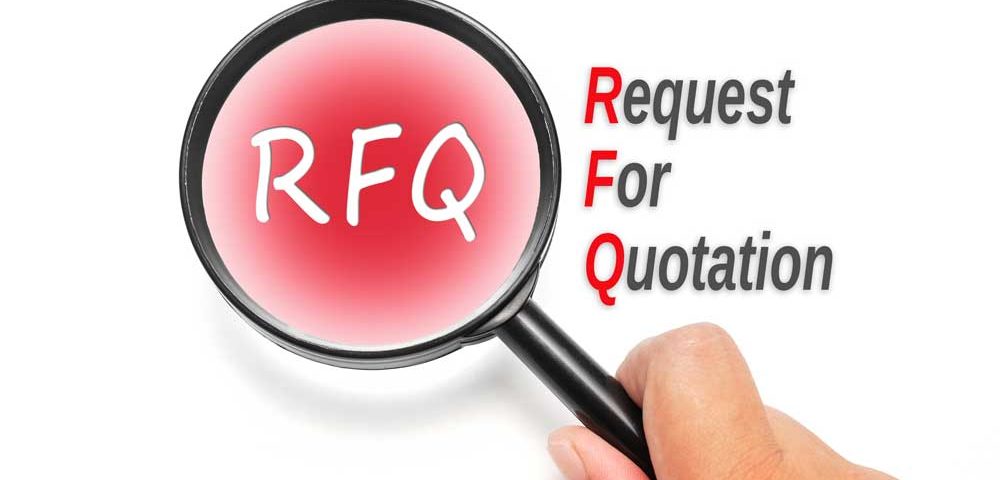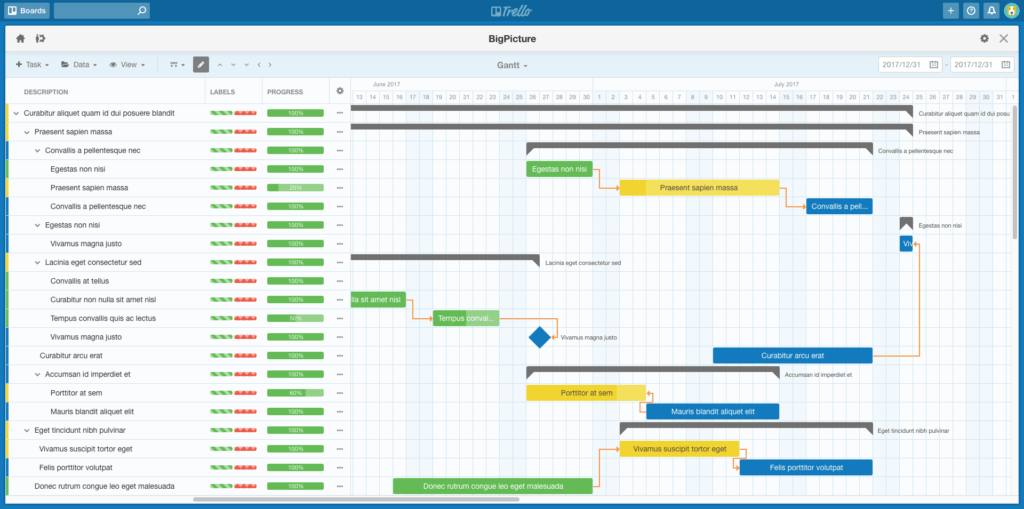How to write PEMS Scope of Work:
Below is a sample of the main requirements that a well-documented SOW (Scope of Work) contains for the PEMS (Predictive Emissions Monitoring System). This in no way is a final document, you can add or delete information as you feel appropriate.

CONTRACTOR SCOPE OF WORK:
This section provides the overall outline of the project for a general understanding followed by the detailed scope descriptions.
Based on the above, proposals are invited from vendors as mentioned below:
PEMS (Predictive Emissions Monitoring System)
To provide dedicated CEMS on the Boilers of the Client for the following parameters based on the PEMS technology:
- NOx
- CO
- CO2
- SO2
SITE DETAILS:
In this segment, you should mention the details of the site equipment where PEMS is required.
You should include the following details as a minimum:
- Number of units on which PEMS is required
- Fuel type used
- Unit specifications sheet
- Emissions treatment equipment details, if available
PEMS SCOPE OF WORK & DETAILS
In this segment, you should mention what are your expectations from the vendor.
The Vendor will create a PEMS model for CO & NOx for the 5 boilers utilizing any of these technologies:
- First Principle
- Neural Network
- Statistical
You can read this article https://www.technology-edge.com/types-of-pems-and-which-is-the-best/ and accordingly you can specify which PEMS model to use, if you are unsure, you can invite proposals for all types.
The vendor is to provide the following products and services:
- Stack testing & data gathering
- PEMS model
- DAS capable of generating US EPA/RC compliant reports
- Training of three client personnel on the system offered
- Warranty and Support as per our standards
Since the PEMS model development requires stacks testing & data gathering from all Boilers, the vendor must submit a detailed plan of the said activity well in advance so that necessary preparation can be made with all involved interfaces.
PEMS MODEL REQUIREMENTS
- The PEMS must provide an open system to configure and define all constants, weighting factors, coefficients, equations, and all other factors related to the PEMS model.
- The PEMS model equations shall be fully documented by the vendor and available for review.
- Neural Network systems must also define the number of layers, structure, links, and function of each node within the network, to make the user reasonably capable of updating the model without the assistance of the vendor.
- Neural Network solutions shall provide a detailed definition of their methods used to ensure that the model is not over-trained and will provide stable results beyond the test data set.
- The PEMS model should be fully updatable by the client after receiving required training from the vendor
DATA ACQUISITION FOR PEMS DEVELOPMENT & REFERENCE
The data acquisition for PEMS model development will be limited to a minimum of one operating load or a maximum of three different operating loads of the boiler, based on availability & plant conditions, as follows:
- Max operating load
- Normal operating load i.e. 95% of max. operating load
- Low operating load i.e. 90% of max. operating load
These are recommendations only, the vendor may record as many sets of data as required for the PEMS model to work reliably and based on plant availability
MODEL VALIDATION
- The model will be tested against reference methods using stack gas analysers.
- The reference to be used for model validation will be based on US EPA reference method for sampling and analysis described in 40 CFR 60, Appendix A, Methods 3A (Oxygen), 10 (Carbon Monoxide) and 7E (NOx).
RATA (Relative Accuracy Test Assessment)
- After the PEMS is loaded into the computer then RATA will be performed.
- The relative accuracy of the model must be demonstrated to be within regulatory guidelines of USEPA or TNRCC or TCEQ or +/- 10% or whichever is more stringent, of the accuracy of the reference method stack gas analyses while in normal steady state operation.
- This might require model fine tuning and should be built into the project cost.
- If plant operating conditions that were present at the time of reference stack testing for PEMS model development can no longer be replicated due to any reason, the RATA will not be valid. In that case, a mutually agreed solution will be adopted.
CODES, STANDARDS & REGULATIONS
PEMS scope of work can’t be complete without reference to the required standards, accordingly mention adherence to the following listed codes and regulations shall govern the design, manufacture, and quality assurance of the supplied system:
- US EPA (Environmental Protection Agency) 40CFR 60 & 75, as applicable
- Royal Commission Environmental Regulations (RCER)
- Underwriters Laboratories (UL)
- National Electric Code (NEC)
- American National Standards Institute (ANSI)
- Instrument Society of American (ISA)
REPORTING REQUIREMENTS
The source is subject to the following quarterly reporting requirements:
- Total NOx emissions
- Total CO emissions
- Maximum, minimum, and monthly average of hourly averages of NOx & CO
- Periods where source was shut down for more than 24 hours continuously
- All units for calculations and results will be Metric units.
- NOx to be reported in ng/J and CO in ppm.
DAS (Data Acquisition System)
The requirements for DAS & reporting are also a necessary part of the PEMS scope of work:
In addition to commonly available options that the vendor deems suitable for ease of operation, the DAS must also have the following functions:
- The Central DAS software shall operate under a reliable multi-user, multitasking operating system bundled with networking systems.
- The software shall utilize a multitasking windowing system so that graphs and/or reports can be displayed simultaneously without interrupting polling.
- Control room operator functions, such as a real-time data display and alarm screen, shall be easily accessible.
The system will include the following features:
- User-friendly operator interface utilizing menus, pick lists, full screen editors, and on-line help.
- Parameter setup will be operator configurable. The operator will be able to easily add, delete, or parameter without changing any source code.
- The operator will be able to configure alarm conditions such as exceedances, out-of-control, maintenance, invalid, or missing data. Alarms will cause a visual and audible warning and a message to be dispatched to a user-selected workstation as well as a serial device, such as a printer.
- The operator will have the capability to acknowledge an alarm, a group of alarms, or all outstanding alarms. When an alarm is acknowledged, a reason code and/or action code can be entered by the user.
- The system will provide menu security to prevent unauthorized personnel from changing data. Privilege work levels will be assignable by the system administrator to each user and menu item.
- Data will be accessible via various preformatted tabular reports and graphics.
- The operator will have the capability to select which stacks, boilers, and/or parameters for which data is to be reported. The following reports will be available:
- Alarm Log Reports
- Alarm Record Report
- Average Report
- Communication Log Reports
- Cumulative Emissions Report
- Daily Reports
- Database Export/Dump Report
- Exceedance Report
- Exceedance Reports
- Exception and Alarm Reports
- Graphical Reports
- Historical Data Trending
- Invalid Report
- Journal Log Reports
- Missing Data Report
- Startup and Shutdown Incident Reports
- Suspect Data Report
- System Log Reports
- Unit Operating Report
- In addition to preformatted reports, the system will include the capability to generate ad hoc queries (e.g., lists of parameters, average intervals, time ranges, data types) and reports.
- The software will include the capability to general percent of disk full warning alarm. The percent of disk full will be configurable by the system administrator.
- The software will allow the user to select any combination of the report destinations when a report is generating: Disk File, Selected Printer etc.
- The software will allow the user to select starting date, starting time, ending date, and ending time for any data reports.
- The DAS will support an option for interface through either OSI’s Pi software or OPC.
DAS PC SPECIFICATIONS
The DAS PC/Server should be able to run the PEMS & DAS software without any issues and contain the following or more in addition to the specifications deemed necessary by the vendor:
- 2 Drive RAID with Hot Spare
- DVD+/-RW, SATA
- Redundant Power Supply
- Keyboard/Mouse/Monitor
- Latest version of following softwares or equivalent included with the server:
- Windows/Linux
- Adobe Acrobat/PDF writer
- MS Office/ OpenOffice
- MS SQL/ MySQL
- Antivirus as specified by the client
- Original installation CDs of all softwares installed
- Installation CD for PEMS model in case of data corrupt or any problem
- Installation CD for DAS software in case of data corrupt or any problem
Note: The 110v power supply for data acquisition system (DAS) along with PC etc. is to be taken from existing UPS panels installed in rack room. The necessary MCB’s / Cabling is in contractors scope of supply.
SPECIAL NOTES:
Owner’s Assistance:
- Access to erection site for equipment and personnel
- Assistance in securing permits/gate passes for contractor’s personnel.
Material Re-use / Re-installation:
- Re-use and re-install all materials, such as lighting, items, instruments, fittings & fixtures, platforms and others, that have been temporarily removed to clear the work area or for carrying out any modification work.
VENDOR QUALIFICATION
Prospective vendors must be able to demonstrate and provide references for installations certified by USEPA or equivalent regulatory authority.
SCHEDULE:
The successful bidder has to furnish a proposed bar chart schedule for the major activities that they have to carry out.

The bidders are required to submit an execution work plan with their quotation. The work plan will cover all activities from engineering, procurement, material delivery, inspection, and site installation up to commissioning of the PEMS. The detailed Micro schedule / network plan covering complete installation activities is also to be submitted.
The successful bidder has to strictly follow and adhere to the agreed schedule to match the plant operation / shutdown schedule.
Delivery Schedule: The materials should be delivered at site within 3 months from the date of award of contract. Installation, system integration and commissioning should be completed within 3 months of receipt of material at site subject to the availability of the shutdown, if required.
INSPECTION AND TESTING:
The vendor shall prepare and submit the inspection and testing Procedure (Pre-FAT / FAT & SAT) to Company for review and approval.
TRAINING:
- The vendor shall provide training for general users and advanced users including introduction, functioning, routine & breakdown maintenance, trouble shooting, etc.
- The advanced users should be trained on model development, update and reinstallation of the entire PEMS/DAS in case of a serious trouble which renders the entire system unusable.
WARRANTY AND GUARANTEE:
The Contractor shall be responsible to make prompt adjustment, repairs or replace the supplied items at its own expense after notification of any defect, due to any fault in design, material, or workmanship within 24 hrs. of notification of fault.
The guarantee period shall be 12 months from the date of commissioning.
LIQUIDATED DAMAGE:
Liquidated damage for the late completion of the delivery /commissioning will be 2% per week up to a maximum of 10% of the total contract price.
PERFORMANCE BOND:
The contractor shall submit a 10% performance bond after the award of Contract valid up to the Warranty Period.
Remember, the PEMS scope of work, should be as detailed as possible without limiting or restricting the vendor unnecessarily.
If you are interested in further study on project management, click the below link:
